Anyone who has been in the mead-making world for a while can tell you the conversations they’ve had with the general public. Usually, it means hearing the phrase, “Never heard of it,” or a general inquiry as to what on earth we’re talking about.
Traditionally, mead is the alcoholic beverage made by diluting honey with water and adding yeast to start the fermentation process. Honey needs to be diluted in order to be fermented; the moisture content of honey is so low that it is naturally bacteriostatic (meaning it stops any bacterial growth) and does not spoil. Once diluted and the process complete, it can yield a delicious array of different types of meads from bone dry to dessert sweet, to sparkling, spicy or even savory.
Like other fermented beverages, mead—also known as honeywine—can be made in many styles that range in flavor. Some use fruit juice instead of water to dilute the honey before fermentation. Others directly include fruit, vegetables, herbs, spices and other additions that augment and evolve into different flavor profiles, and levels of complexity. Some of the more common styles are detailed below, although there are several variations of each, as well as a number of other less common styles.
Traditional: Honey, water and yeast
Fruit (Melomel): With fruit or fruit juice
Apple (Cyser): With apples or apple juice
Spiced (Metheglin): With spices
Chili (Capsimel): With peppers
Pyment: With wine grapes or wine grape juice
Braggot: With barley and hops, in the style of beer
Session: With an ABV of 7.5% or lower
Mead has widely been considered the first alcoholic beverage purposefully fermented by man. There are examples of honey-based beverages dating back to 7000 B.C. in Jiahu, China, as well as from the tomb of the actual King Midas, where it is located in Central Turkey. Scientific examination of the vessels used for drinking and storing in the Chinese excavation led to the discovery of ingredients used to produce the honey beverage.

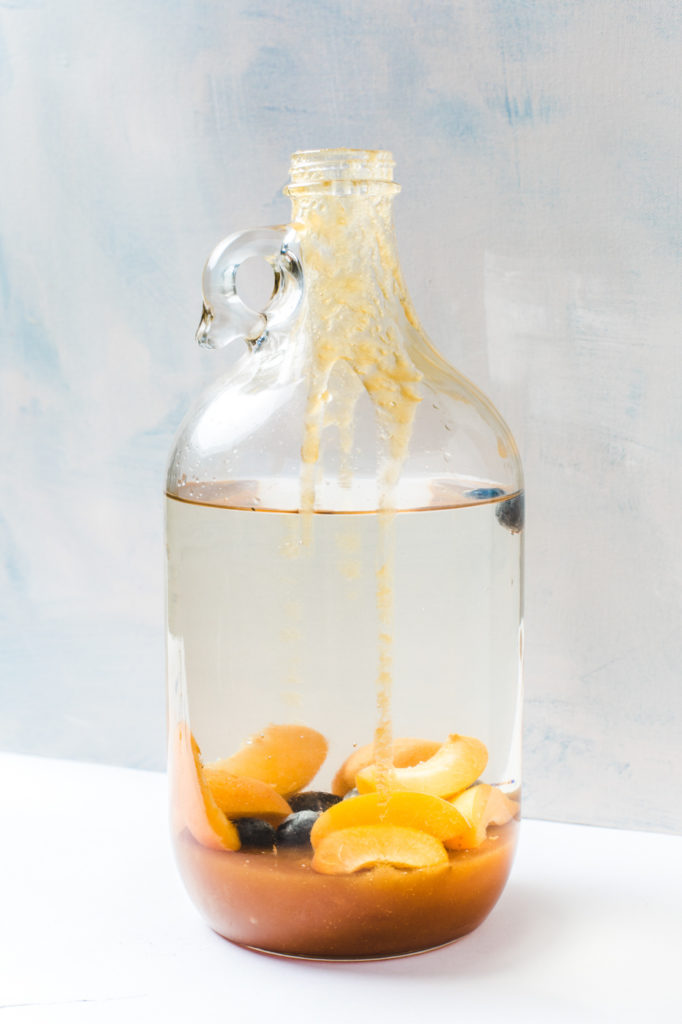
According to Dr. Patrick McGovern—Director of the Biomolecular Archaeology Project for Cuisine, Fermented Beverages, and Health at the University of Pennsylvania Museum in Philadelphia—there is ample evidence that fermented alcoholic beverages based on honey were made as early as 9000 B.C. Dr. McGovern has worked with Sam Calagione, owner of Dogfish Head Craft Brewery, to recreate both of the brewery’s award-winning “ancient” beers, Chateau Jiahu (made with orange blossom honey, grape juice, malt, and hawthorne fruit and based on evidence from preserved pottery jars dating back to the Neolithic Chinese province of Henan), and Midas Touch (described as a beer/mead/wine hybrid).
Mead is even associated with the term “honeymoon.” It was tradition to gift the drink to newlyweds throughout Europe, as it was thought to promote fertility and health. Mead was a popular subject in European literature, and played a large role in Beowulf and other epic writings. It has even become prevalent in contemporary literature with the popularity of Game of Thrones, which frequently refers to mead as a welcome for castle guests. Given its long history, it’s fitting that its popularity in renaissance fairs has helped keep it alive and relevant.
According the the American Mead Makers Association, with a new meadery opening every three days in the U.S., mead is appearing with more frequency in markets, wine shops, liquor stores, and of course, on the internet. And as it has become more popular, the interest in learning how to make it at home has exploded. Many stateside meaderies even offer seminars on trying their hand at home. The Honey and Pollination Center of the Robert Mondavi Institute at U.C. Davis offers multi-day classes featuring a mead-making “boot camp,” along with presentations by the top makers and meadery owners in the U.S. The classes are popular and draw even international enthusiasts who travel from around the world to attend.
In 1978, Roger Morse published Making Mead (Honey Wine) which contained several mead recipes. It was a groundbreaking publication and the first source to treat the process of mead fermentation similar to that of wine fermentation. Morse addressed the main issue—a lack of nutrients available in honey for a complete fermentation—and included recipes that contained ingredients that could provide the nutrients necessary to make the drink successfully.
In 1984, Charlie Papazian published The Complete Joy of Homebrewing, which included recipes for making “honey mead” in the appendices. These recipes took a beer brewing rather than a winemaking approach to mead making, and provided homebrewers with a source for improving their endeavors.
Many recipes sprouted up on the early internet in the 1990s. In contrast to more current mead-making practices, these recipes frequently called for boiling honey a must (water mixed with honey), adding an acid blend and ingredients to clear the liquid once fermentation completed. It was not unusual to see beer ingredients in many of those older recipes, as that was what was available to the common home experimenter. As interest evolved, there was an increase in the number of sources containing recipes.
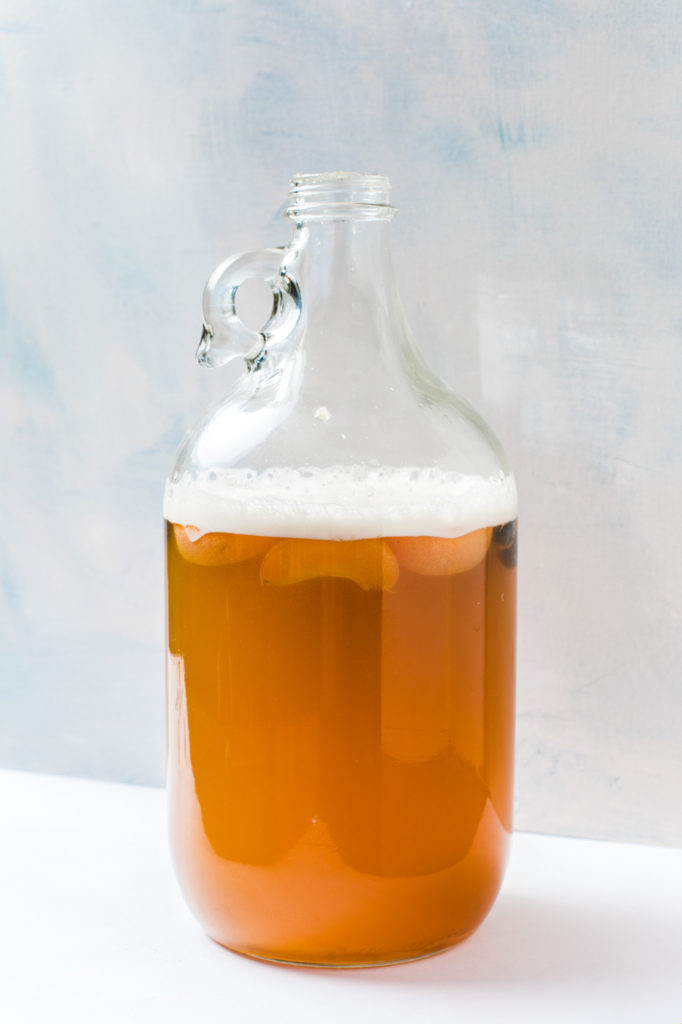
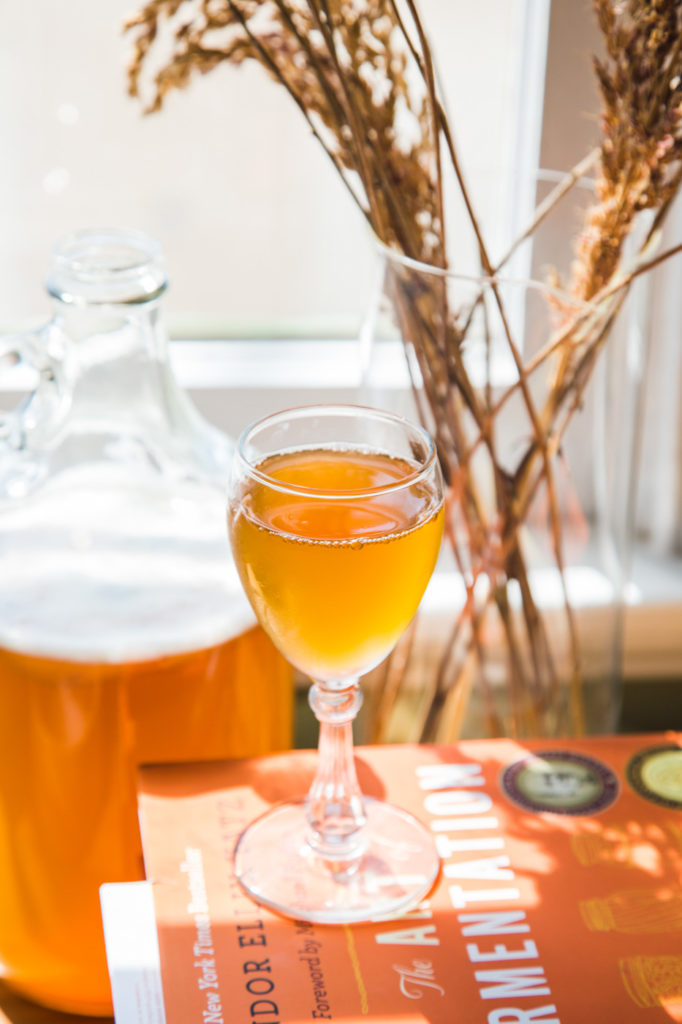
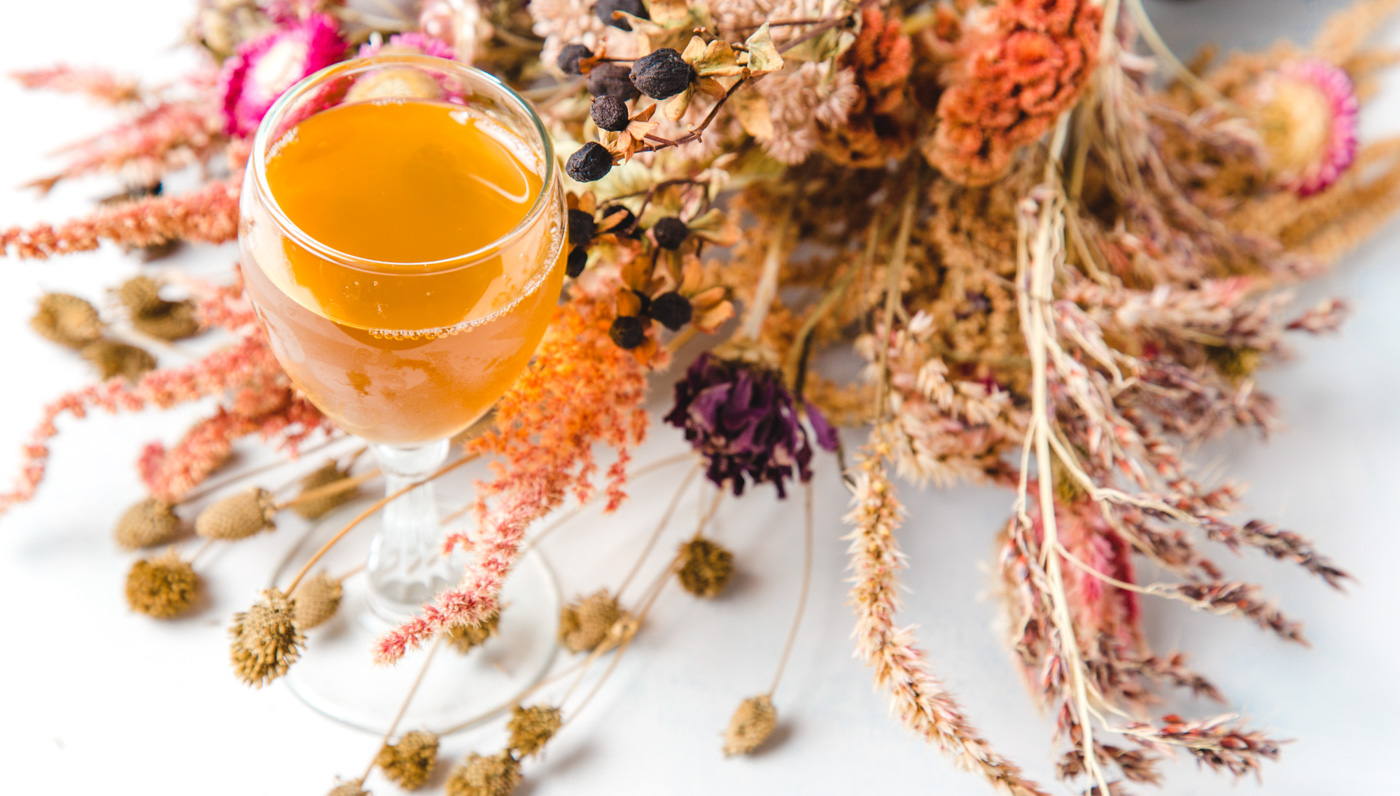
Several publications in the 1990s and 2000s continued to approach the craft as a similar approach to winemaking. The most notable was The Compleat Meadmaker by Ken Schramm, published in 2003 and containing well-researched history and origins along with several recipes.
As a response to growing popularity, The American Mead Association was formed in the mid-1990s, with several publications dedicated to mead and mead making. Ultimately, the association dissolved, but many people became interested in after reading the AMA’s publications, helping to fuel interest into the 2000s. The Planet Buzz festival brought the beverage into the spotlight in Chicago in 2002 and was followed in Boulder, Colorado, by the International Mead Festival in 2004 through 2007.
In 2007, Schramm (who founded the Mazer Cup Mead Competition in 1992) suggested the planning committee for the 2008 competition adopt “The Mazer Cup” as the competition name going forward. In 2008, The Mazer Cup International Mead Competition (MCI) was born with the goal of bringing in more mead from international sources to compete with the many fine examples being produced in the United States. The international community responded with entries from Canada, Europe, Australia and Asia.
The MCI received over two hundred entries from Commercial Producers and Home Enthusiasts around the world. The year 2018 marks the tenth year anniversary of the Mazer Cup International and the twenty-sixth anniversary of the founding of the original Mazer Cup Mead Competition. In just ten years the number of entries in the MCI has grown to over 1,100 entries.
There are over 150 volunteers who gather in Broomfield, Colorado, each year in mid-March to host and operate the MCI home and commercial competitions along with the Mead Mixer. The Mazer Cup International also partnered with the American Mead Makers Association (AMMA) to create a week-long industry event. This second annual MCI competition and AMMA conference features seminars, break-out discussion groups, public tasting events, sensory training, judge certification exams, and dinners.
This is the premiere event on the annual mead calendar. Featured in the mixer and dinners are cuisines designed to be paired with different styles. References on how to pair the beverage with food have been scarce until recently. The Art of Mead Tasting and Food Pairing, published in 2017 by Chrissie Manion-Zaerpoor—who has won multiple MCI medals for her own mead—explores the specifics of food pairing in detail.
While production is increasing, and its distribution is growing to levels it hasn’t ever seen before on a global level, mead is still a niche market compared to beer, wine or spirits. As mead gains more market space, the industry and the AMMA are working with lobbyists to allow a wider distribution throughout the U.S.
The availability to consumers is limited in many cases by outdated liquor laws that fail to classify mead correctly. This leads to difficulties for professional producers to gain nationwide distribution channels, and limits the supply of high-quality mead available on the shelf for consumers.
Those new to the drink seek a litmus test, a rating system, or publications like enthusiasts of other drinks can find in Wine Spectator or Beer Advocate. How do you know which mead is really worth the investment? The Mazer Cup International Commercial Mead Competition winners for 2018 and 2017 can be found here. Browse the meadery names and use those to search online to get some background information on what catches your eye.
At the intersection of science and art, a new generation of mead is a growing trend, throughout the U.S. and beyond. From ancient origins through the Middle Ages, into the Renaissance and modern times, mead has survived. In this day and age, it is flourishing as it is rediscovered and produced across the globe.
——
Pete is the current President of the Mazer Cup International Mead Competition, the largest mead competition in the world, and was recently elected to the American Meadmakers Association Board of Governors for Home Meadmakers. He also judges at mead, wine and beer competitions, and lives in Southern California with his dog Raalfe..





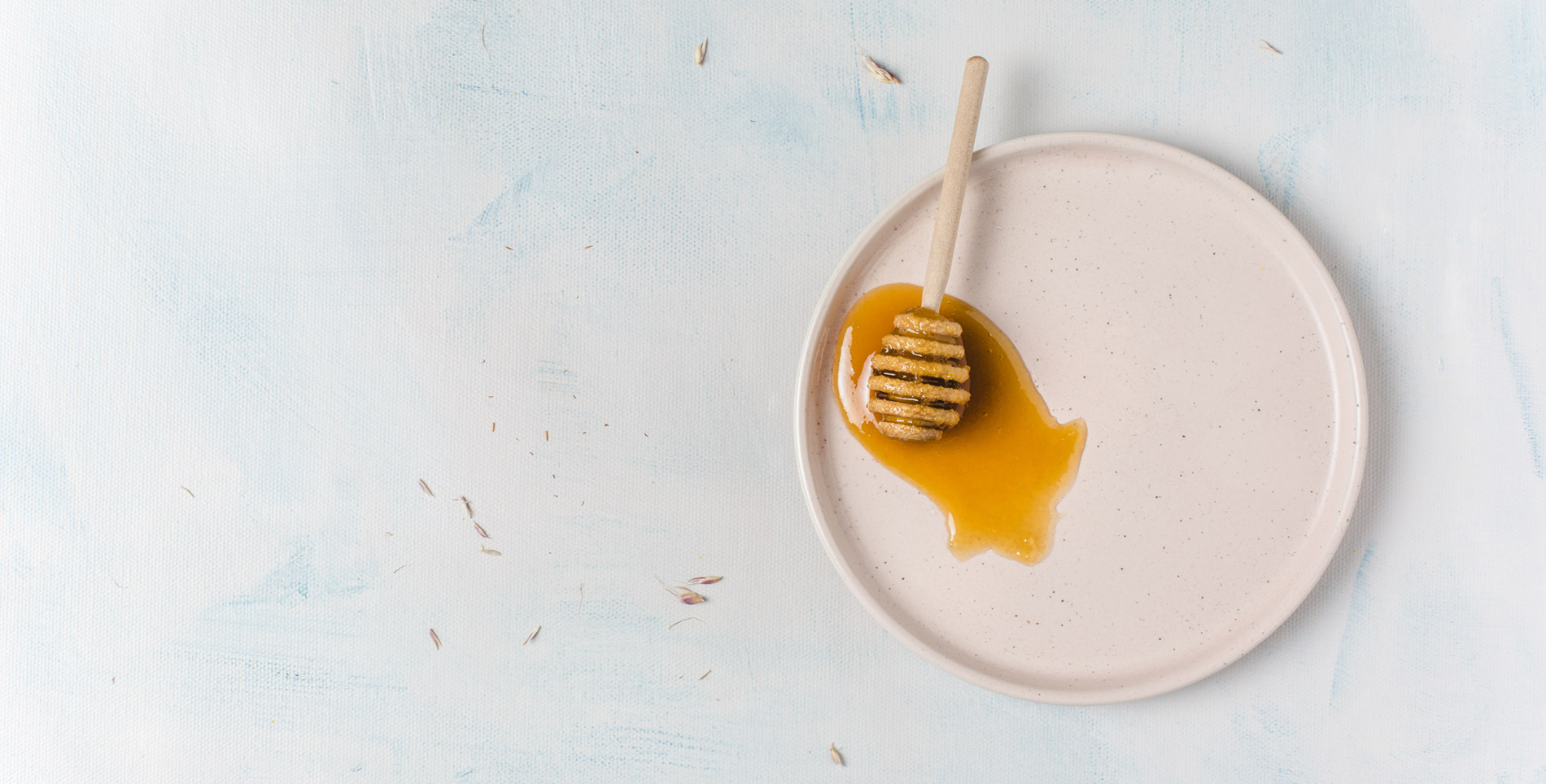

Our comments section is for members only.
Join today to gain exclusive access.